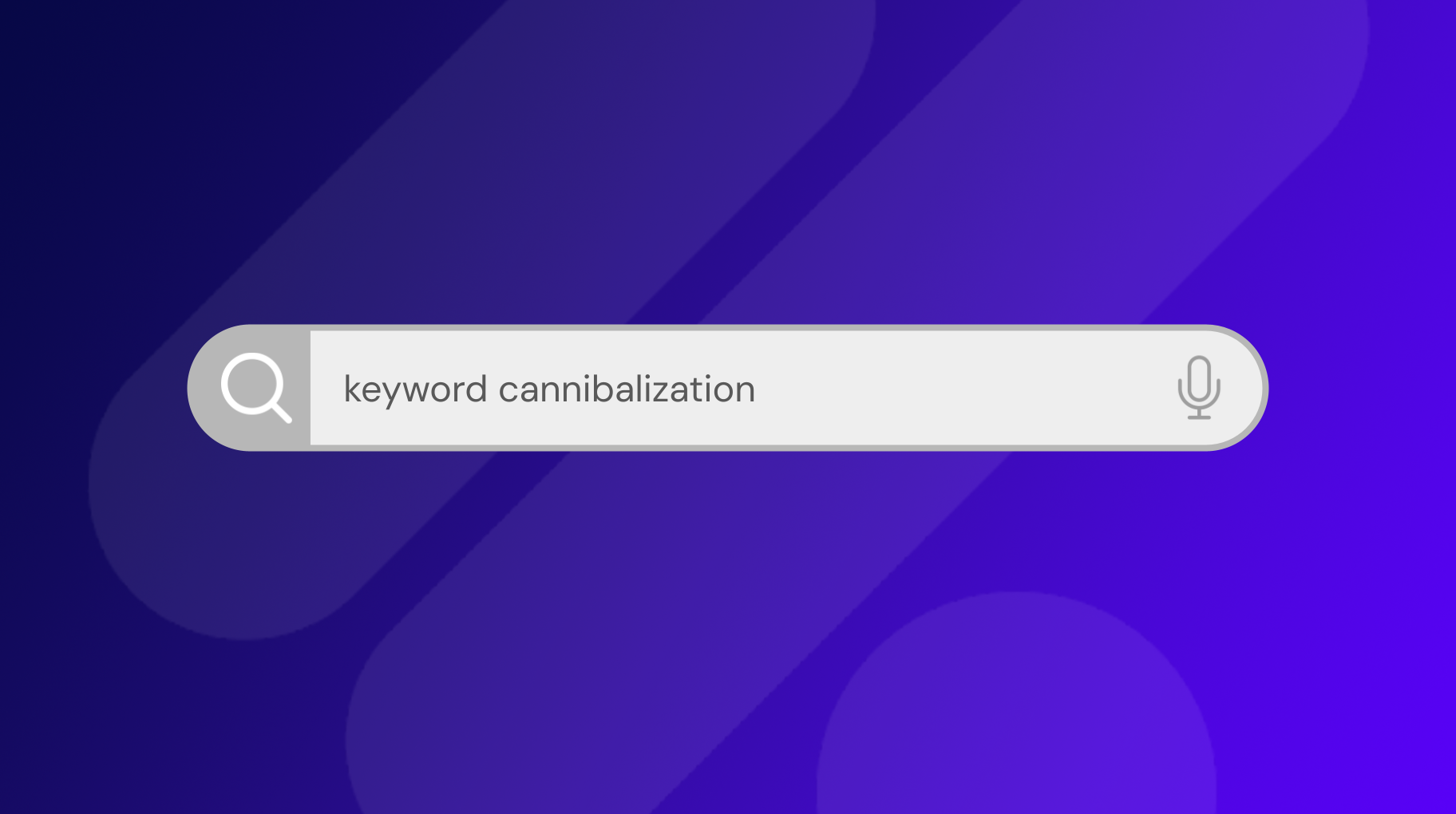First-price vs second-price auction
The difference between the two types of auctions lies in the price paid. In a first-price auction the closing price is determined by the highest net bid in the auction. In the current second-price auction structure the closing price is determined by the second-highest net bid in the auction.
Because of this, the role floor prices play in a first-price auction compared to a second-price auction also changes. In a second-price auction, floor prices can be used to increase the closing price of the auction. That is, the buyer with the highest bid will pay the second-highest bid unless the floor price is higher than the second-highest bid. To illustrate this in an example, if the highest bid is €10, and the second-highest bid €6, with a floor price set at €8, the buyer with the highest bid will pay €8 and not €6 due to the set floor price. On the other hand, in a first-price auction the buyer with the highest bid in previously mentioned will pay a bid price of €10 even though the publisher would have accepted €8.
The Transition
The ramp-up started in the week of June 10th. At first, one percent of all ad requests through to the first-price auction, and this will be slowly increasing over the next few months. By the end of June, five percent of all ad requests transacted through the first-price auction, and this will continue to gradually grow until all ad requests will have transitioned to first-price auction. By the end of July second-price auction will be a mechanism of the past.
What does this mean?
In practical terms, I think it is likely that buyers will start bidding less after they learn that once they win the auction, their bid price will be the price paid, whereas previously price paid would be lower than their submitted bid. Going back to the example, once buyers learn that an €8 bid is sufficient, they will lower their bid from €10 going forward. Buyers will also find that often, a lower bid is accepted as the winning bid because other buyers are also submitting lower bids.
This said, I don’t foresee that the value of publisher’s inventory will decrease. Rather, I think buyers will start paying the true value of the inventory they purchase and the entire online advertising ecosystem should become more transparent in the long run. I expect that complicated strategies and setups (both on the sell and buy side) will soon become a thing of the past.
In fact, if buyers are too slow in making adjustments to their campaigns, publishers can reap the benefits temporarily. However, buyers who are on the ball and drop their bids, will be able to reap the benefits of publishers who have not yet set up their ‘Unified Pricing Rules’. That is, this new section in the Google Ad Manager user interface allows publishers to set up their Pricing Rule structure for first-price auction transactions. If publishers fail to do so, there will be no floor price in place for ad requests filtering through the new first-price auction, and whichever bid is the highest will automatically win the auction.
How should Publishers prepare?
Publishers should start by setting up their ‘Unified Pricing Rules’ for first-price auction transactions. You could implement the same pricing rule structure as you have set up in your current pricing rules (for second-price auction), or change strategies and either lower or increase your floor prices for first-price transactions. Which strategy is best depends on what your current pricing rule structure looks like, and what price buyers are willing to pay for your inventory.
If you’re interested in optimizing this further, we certainly have recommendations based on your current set up. Please feel free to reach out to your Account Manager should you have any questions about this imminent change – or reach out to us at incubeta.com


